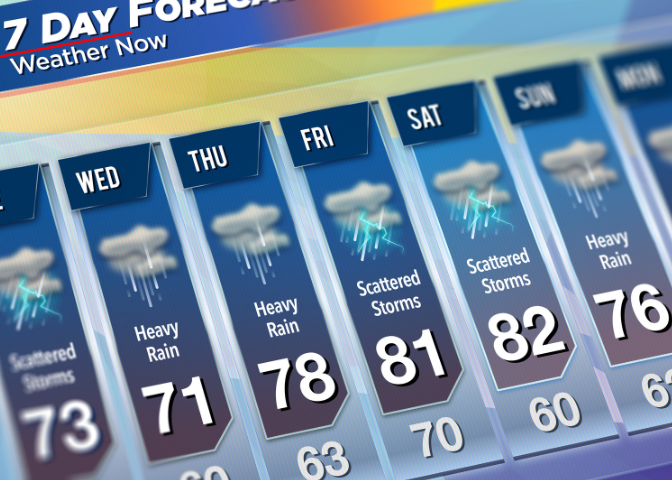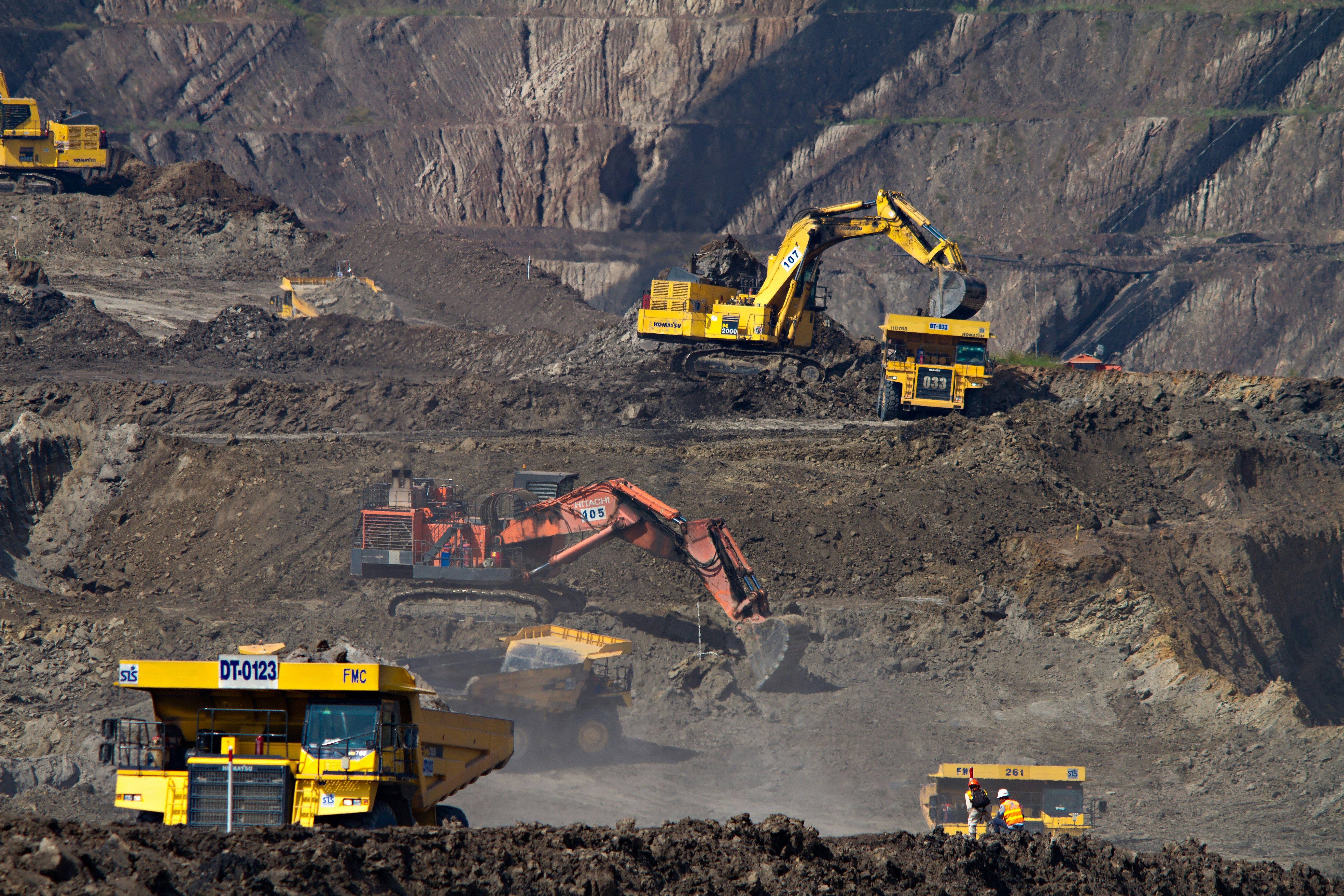The EHAB Weather Risk Management Platform
Take a science based approach to weather & climate risk. Use EHAB on tenders, for detailed planning, short term planning and much more.

Achieve fast results with the EHAB platform
Reduced project length,
in the best cases.
Saved in avoided
equipment cancellation fees.
Construct accurate, winning
bids and tailored weather risk baselines.
Minimise weather risk in construction and deliver significant cost savings per project
We help you tackle the increasing issue of climate change today and build a resilient business for tomorrow. EHAB empowers your planners to build weather risk free programmes, limiting down time and delivering significant cost savings per project.
Without reliable data, your team’s planning process is inconsistent, resulting in a suboptimal sequence of tasks and avoidable delays. EHAB’s weather risk management platform helps you rearrange priorities and tasks within minutes to prevent further delays.
Create more accurate and competitive plans
Improve your planning and workflow with the EHAB Enhanced Planner. The EHAB platform uses industry data, machine learning and industry-specific features to help you create the best planning process possible.

Planning
- Forecast impact in the long term.
- Reduce the exposure of your project.
- Plan critical weather windows.
Smart Contracts
- Reduce dispute risk through automating your weather clause.
- Improve how you and your client share risk, build a better long term.
- Reduce the time spent administering the contract.
Weather Risk Insurance
- Instant payouts. You’ll get your money a day or two after the incident.
- Protect your company’s balance sheet against extreme weather.
- Minimise delay disruption due to unforeseen events and get your
project back on track.
Why clients love EHAB
Common Use Scenarios
Accurate TRA or enhanced QSRA for high quality bids
Optimise project plans and
minimise delay risk
weather windows
Effective early warnings and mitigation what-if scenarios
FREQUENTLY ASKED QUESTIONS
To help you get started, here are the answers to some of our most frequently asked questions. If you can’t find the answer to your question, check out our knowledge base or contact the team.
What are weather risks?
Flash floods, storms and heatwaves are all examples of extreme weather events. These events can damage infrastructure, force people out of their homes, place overwhelming pressure on healthcare and significantly impact construction project planning and delivery. Longer-term climate risks, such as droughts causing water shortages and food supply disruption, can result in systemic issues.
What is weather risk management in Construction?
Weather risk management is a form of risk management that addresses financial losses caused by unusual weather. Weather risk management solutions enable organisations to manage the financial impact of weather through more accurate scheduling and rescheduling of construction activities and utilising risk transfer instruments based on a variety of weather factors, such as temperature, rain, snow, wind and so forth. These methods help organisations limit their financial exposure to disruptive weather events and keep their construction projects on track.
What are weather risk examples in construction?
The weather is one of the most significant risks in construction. Unforeseen events can occur in even the most carefully managed jobs. This is further complicated by making sure you have the right equipment and activities scheduled for days with the most suitable weather and conditions. For example, you won’t want to carry out earthworks on a day with heavy rain or if a large load is dropped from a tower crane because of a strong wind, there may be severe material damage as well as worker fatalities. In addition to human and financial losses, a serious mishap may also lead to legal issues for contractors and developers.



